The Tang EV is a great SUV for the U.S. market, but a lot more work needs to be done before BYD is ready for America.
【A link to Japanese translation is here.】
Is BYD in the process of opening dealerships in the U.S. to sell EVs in America?
The answer, apparently, is not a clear cut yes or no.
China’s leading NEV manufacturer recently clarified via its official Twitter account (@BYDCompany) that a tweet depicting the company taking over a previous Toyota dealership in the San Francisco Bay Area was not true and in fact BYD “had no association with the dealership in question, nor the website tagged further below.”
BYD has no association with the dealership in question, nor the website tagged further below, when we have something to announce we will do so through our official channels.
— BYD (@BYDCompany) March 22, 2023
“When we have something to announce we will do so through our official channels,” it said in the tweet.
The dealership in question had a BYD logo on an exterior structure with Toyota vehicles and signage clearly visible in the background. The website that BYD was referring to – bydberkeley.com – has since been taken down but had previously showed information for what appeared to be the BYD Berkeley Experience Center just outside of San Francisco.
We’ll take BYD’s official word for now but make no mistake about it: BYD is coming to America to sell EVs irrespective of where it is in terms of dealership/distribution footprint. It’s a matter of when and how, not if, and I can say that with certainty.
BYD in fact has been in America for over a decade, having established its North American headquarters in Downtown Los Angeles in late 2011. It also has a 550,000-square-foot bus manufacturing facility in Lancaster, California. “BYD started with six U.S. employees in 2013 and has since expanded to over 1,000,” says a description on the company’s U.S. website.
BYD may not be a stranger to the U.S., but it is still an unfamiliar and mysterious brand to the average American car consumer, even though it became the largest NEV manufacturer globally last year, having sold more than 1.8 million units with most of that volume going to domestic Chinese customers.
It is though on a rapid global expansion, having launched products in numerous markets outside of China, including the established markets in Europe and the Americas.
Except America itself.
So when BYD America approached me earlier this year about an opportunity to test drive the Han EV – one of its most popular sellers in the Chinese market – right here in the U.S., I gladly accepted the offer.
I had planned for a trip out to the west coast with the family to visit some friends in the LA area during my daughter’s winter vacation break in late February, so BYD offered to loan me the Han EV for a couple days while I was there. Because of logistical reasons, I actually ended up getting the Tang EV, another popular model among BYD’s “Dynasty” series of electric SUVs.

The folks from BYD America told me the 2021 Tang EV that I got was at the time one of only two or three in the U.S., and I was one of the first people from outside the company to get to drive it on public roads in the U.S., so to say that I was excited would be an understatement.
Now I don’t usually do car reviews, but since I drove it extensively with the 24 hours or so that I’ve had it in various weather conditions, I thought it would be worthwhile to talk about some of the pros and cons that I thought of the vehicle and attempt to answer the question: is BYD ready for prime time in America?
(For a proper review of the Han EV, which has many of the same features of the Tang EV, I recommend watching Doug DeMuro’s recent review on his YouTube channel: The BYD Han Is China’s Ultra-Quirky Take On a Luxury Sedan)
)
The Tang EV I got is a seven-seater SUV powered by BYD’s proprietary Blade Battery, with a capacity of 86.4 kWh, giving the vehicle a range of 505 km under NEDC or 400 km in the WLTP cycle. It takes about 30 minutes for the car to charge from 30% to 80% with DC fast charging, 4.4 seconds for it to accelerate from 0 to 100 km/h and 36 meters for it to come to a complete stop from a speed of 100 km/h.
In terms of size, the Tang EV measures about the same as that of the Lexus RX or Toyota Highlander, and in fact the “Snow White” version I got, despite the signature Dragon Face design feature on both the front and rear of the vehicle, blends in well with other cars on the road to the point where it could be mistaken as an RX or Highlander from afar. Unless, of course, you are familiar with BYD vehicles. It doesn’t “scream” BYD, though it’s unmistakably a BYD.
The vehicle was dropped off for me late morning on February 23, and upon inspection of the exterior, I told the folks from BYD America immediately an issue with both charge ports on the left and right rear of the vehicle: the push open mechanism of the charge port cap felt rather cheap (when you push down to open, the mechanism makes a very audible sound) and does not match the premium feel of the vehicle. “Small details matter,” I told them.
When I got the vehicle, it had around 250 miles left on the range. I took my daughter to Universal Studios Hollywood, parked there for most of the day, dropped by the Hollywood sign in the evening on our way back, and went to visit some friends in Gardena the next morning before returning the vehicle to the BYD America folks early afternoon where it was dropped off the previous day. When it was returned, it had about 90 miles left which was more than enough range to be driven back to BYD America headquarters.

I happened to have the vehicle during two days of heavy rainstorms in the LA area where higher elevations and the mountains got several feet of snow with rarely seen blizzard warnings. The Tang EV handled great on the freeways and in local driving conditions during the rain, and since I rented a Tesla Model 3 earlier in the week, I could immediately compare the ride and maneuverability between the two vehicles. I must say the Tang EV wasn’t that much off despite it being a heavier and larger SUV.
Did it have its problems? It certainly did.
My overall impression of the Tang EV is that it is a nice sized, well-designed SUV. It drives well and rides well, and the interior feels premium. It is a great vehicle for the U.S. market with a lot of interior space and quirky features (see Doug DeMuro’s review I mentioned above) such as the swivel screen, customizable interior ambient lighting and karaoke. My daughter loved the screen and playing around with the menus (as she is with the Tesla).
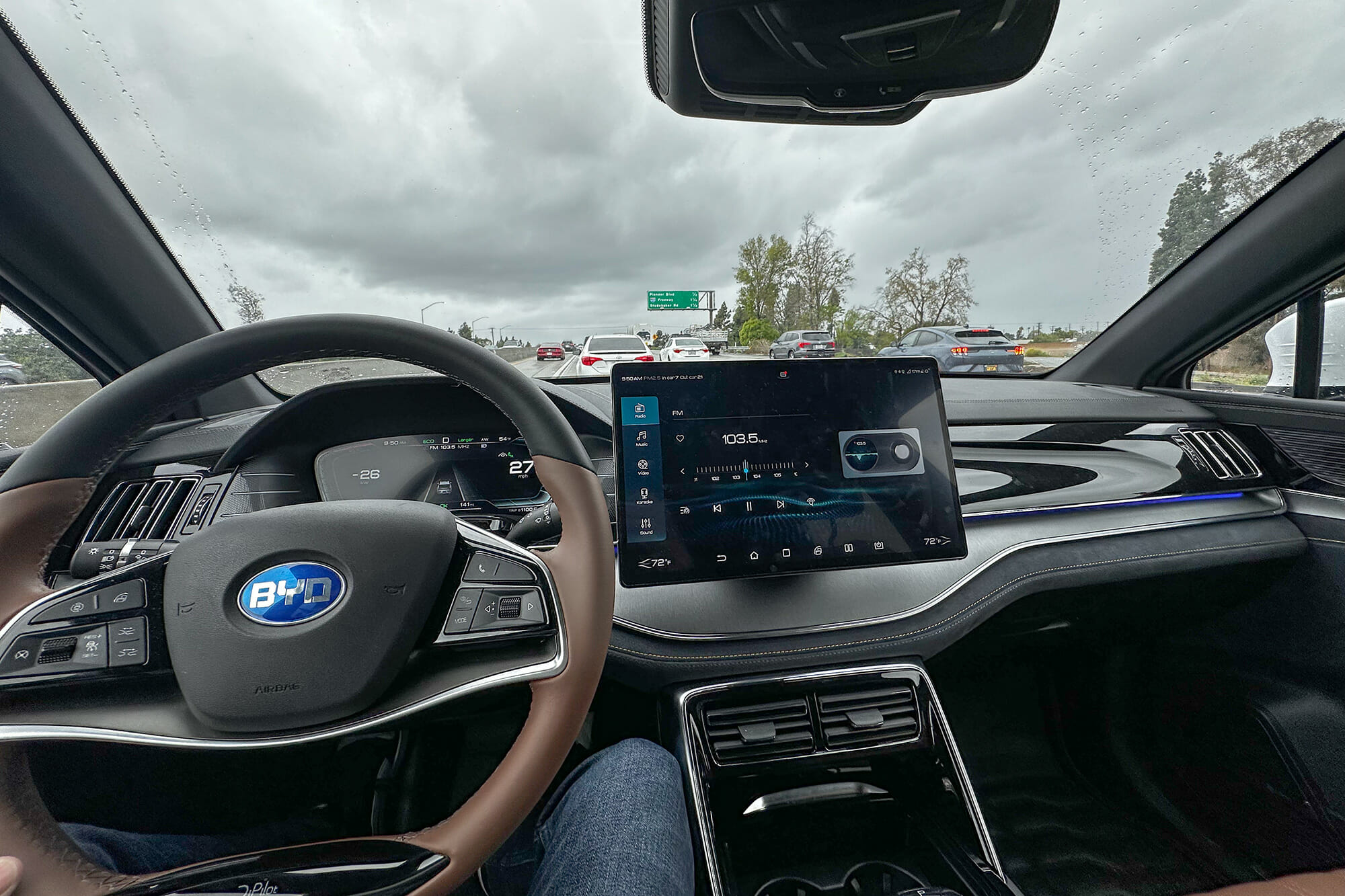
Having said that, there is still a lot of area for improvement or optimization in terms of some of the feature execution. In addition to the charge port cap issue I mentioned above, the interior material including seating despite the premium feel seems to be worn even though the vehicle itself is pretty new. In terms of the cockpit cluster, the sound system, and how you navigate menus on the screen as well as finger print smudges appearing on the screen itself, they can be optimized as well. The regenerative braking when you let off the gas pedal, that feel can be improved especially compared to the Tesla. The complexity of the cockpit should also be optimized, not to the point where it goes to the other extreme that Teslas have, but really balancing what may be too much vs. what is too simple.
It also did not have navigation or CarPlay/Android Auto available and the BYD America folks asked me not to try the ADAS features because they weren’t homologated for the U.S. market.
Granted that the 2021 Tang EV probably will never make it to the U.S. market anyway and that it is only here in the U.S. to be shown to potential dealers and investors, as well as homologation purposes, a lot of details can be improved to cater to the U.S. consumer tastes and hopefully that will be the case on the next generation of the Tang EV which may be a more serious candidate for the U.S. market.
Overall, I would rate the Tang EV a 7 out of 10. It is a nice vehicle. BYD has certainly come a long way since it entered vehicle manufacturing 20 years ago, kudos to Chairman Wang Chuanfu and his team for the transformation these years and surging growth the last few years. Then again, much improvement is warranted for this to be a viable EV or a car in the U.S. market, and before BYD is ready for America.
Report by Lei Xing.
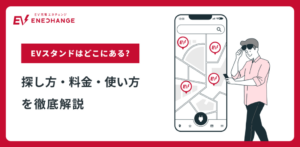
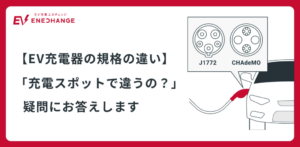


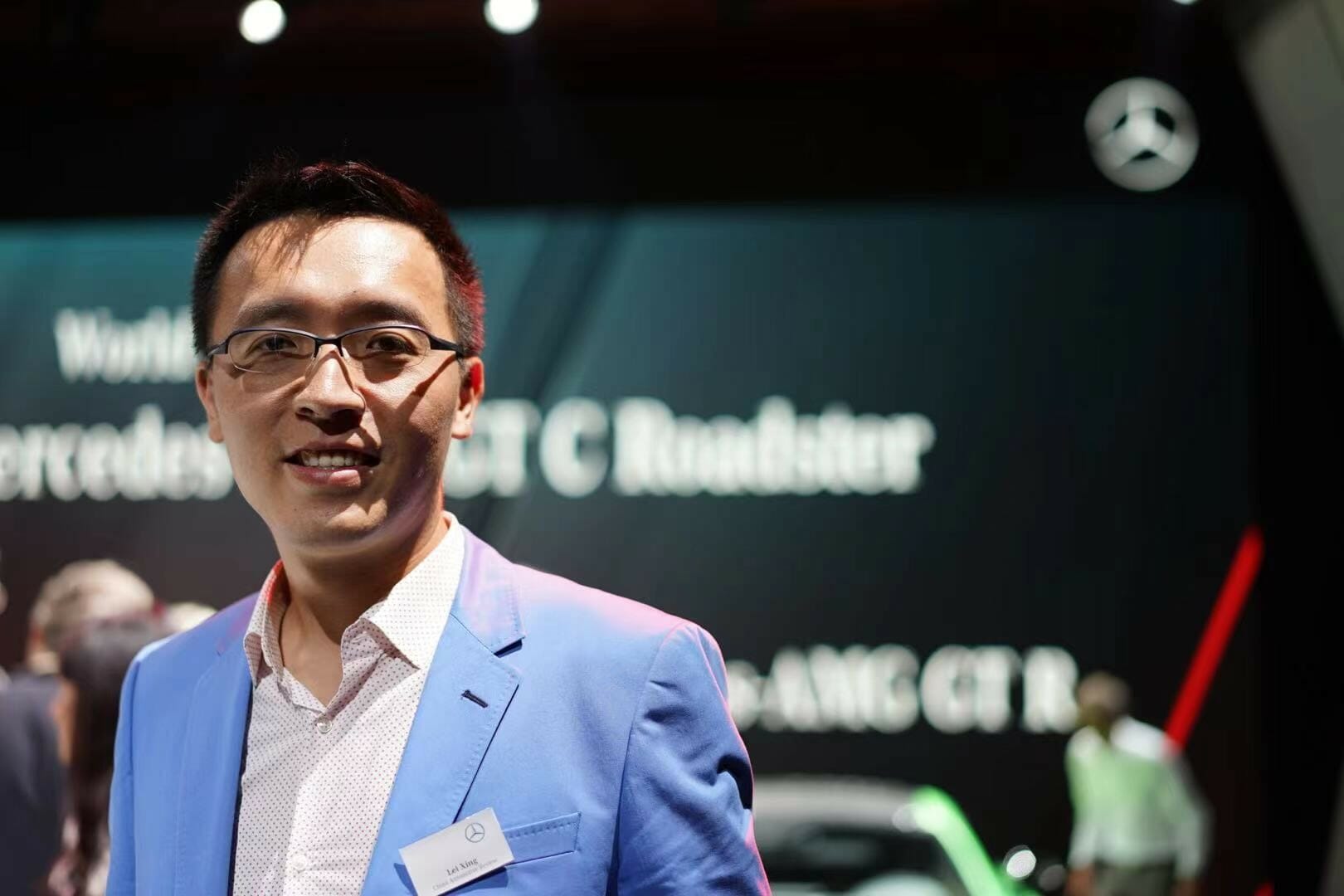
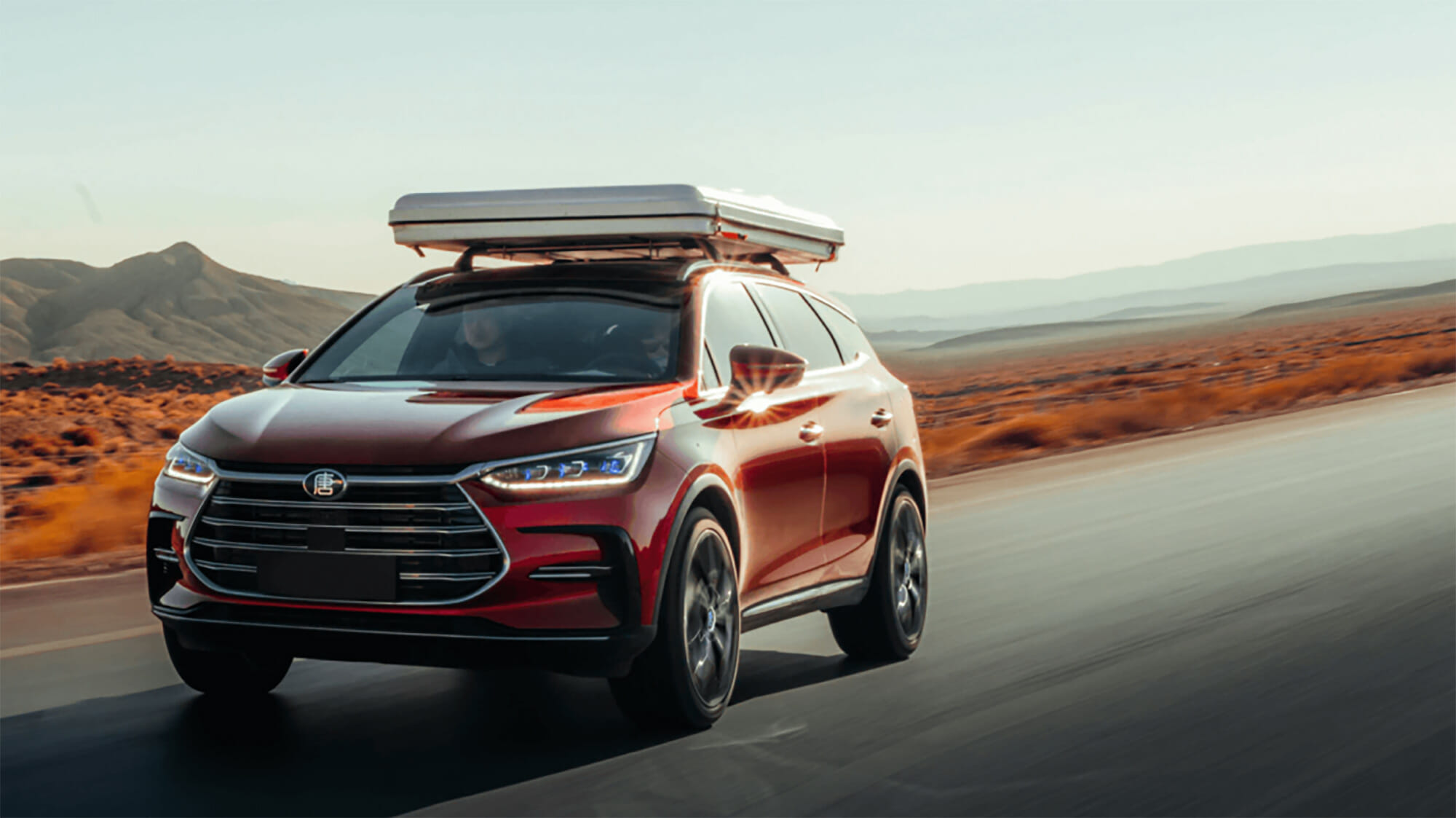
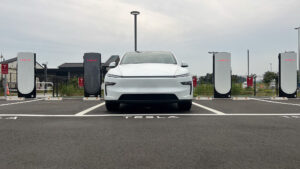


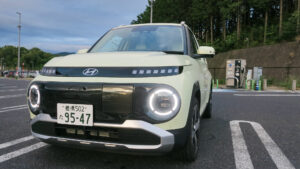
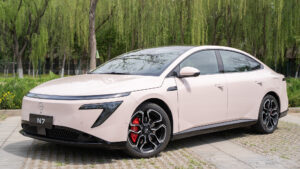

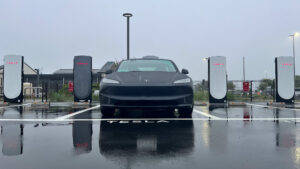

コメント